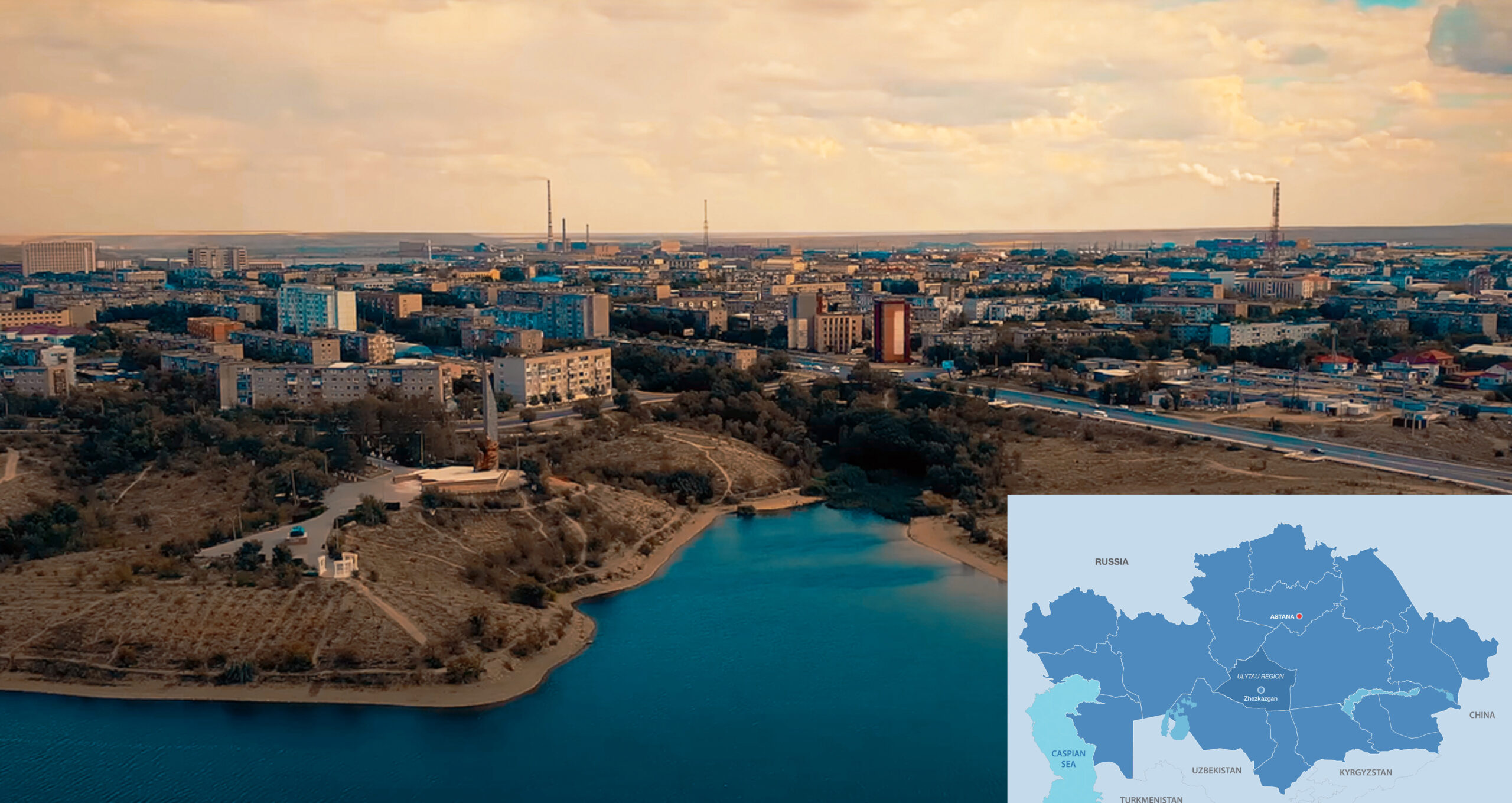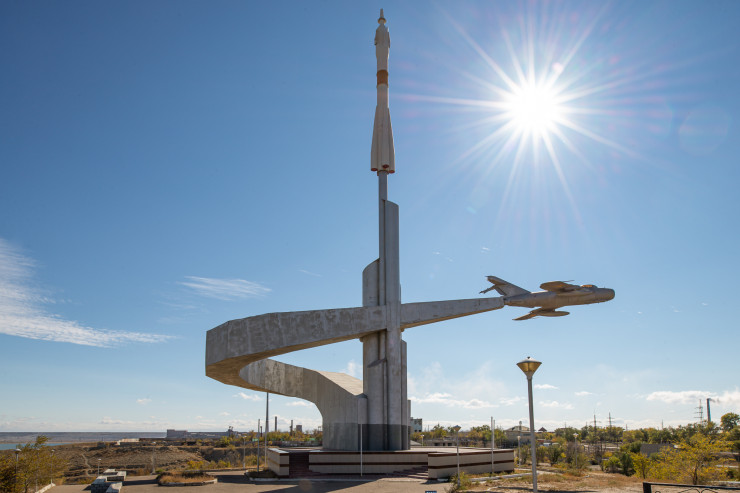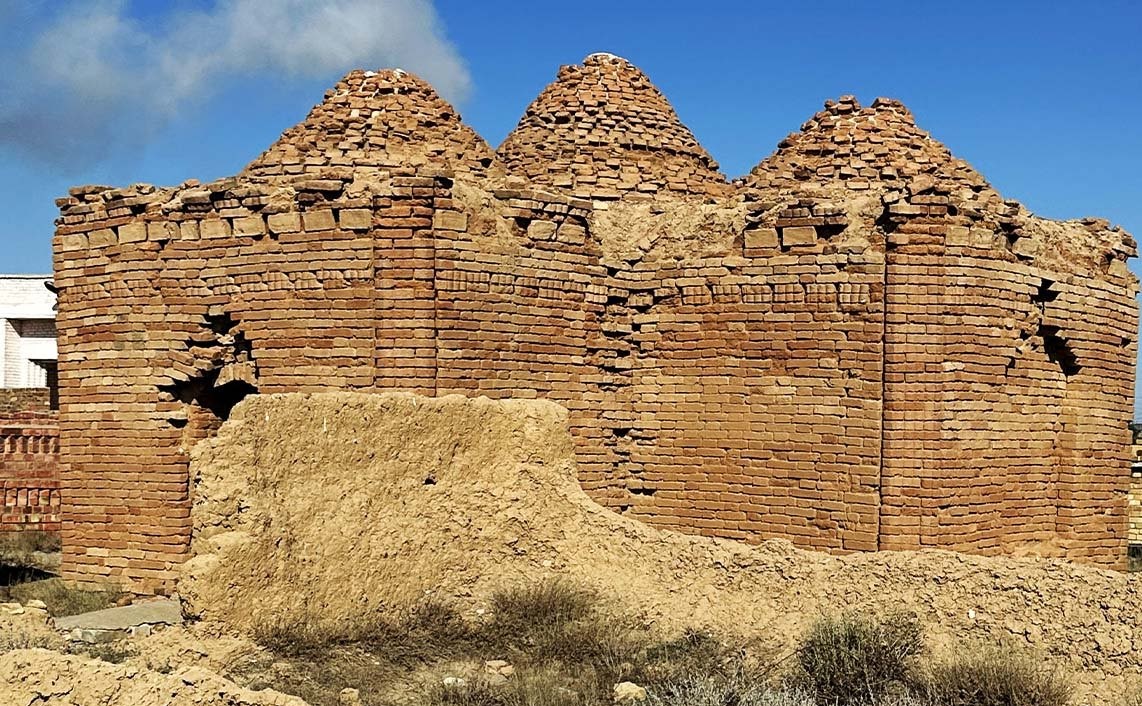Editor’s Note: The Astana Times introduces a new series, Exploring Kazakhstan, City by City. We are setting out to unveil the rich diversity of Kazakhstan’s cities, starting with Zhezkazgan. By exploring each city’s unique history and culture, we aim to bring you closer to the heart and soul of Kazakhstan.
ASTANA – Two years ago, President Kassym-Jomart Tokayev signed a decree to introduce three new regions in Kazakhstan, including the Ulytau Region, with Zhezkazgan city as its administrative center.

Zhezkazgan. Photo credit: Adam Space Pictures. Click to see the map in full size. The map is designed by The Astana Times
The Ulytau Region also encompasses Zhanaarka, Ulytau districts, Karazhal and Satpayev cities, which were previously part of the Karaganda Region.
Located in central Kazakhstan, southeast of the Ulytau mountains, Zhezkazgan is near the origin of the Kara-Kengir River and other rivers flowing into Sarysu. Its main water sources are the Kengir Reservoir and the Zhezdinskoye Reservoir.

A monument honoring space explorers. Photo credit:tengritravel.kz
The city, known for its copper and uranium deposits, has a robust industrial sector. Zhezkazgan’s name includes the Kazakh words “zhez” (copper) and “kazgan” (to dig). Beyond mineral extraction, the city boasts developed copper and uranium-based industries, producing wires, pipes, electrical equipment, and other products.
Famous Kazakh scientist Kanysh Satpayev played a key role in the discovery of deposits of copper and other minerals, transforming Zhezkazgan into an industrial and subsequently cultural center. His efforts significantly impacted the city’s development and social infrastructure. Thanks to Satpayev’s efforts, Karsakpai village became Kazakhstan’s first non-ferrous metallurgy center, with the Zhezkazgan Mining and Metallurgical Plant ranking among the former Soviet Union’s leading facilities, accelerating the country’s industrialization.
What to see in Zhezkazgan
Situated near the Baikonur Cosmodrome, Zhezkazgan holds significance for space missions, particularly during the Soviet era, when it served as a welcome point for returning cosmonauts. One of the city’s most striking sights is a monument honoring space explorers, which is located in the city center. The monument serves as a reminder that the era of space exploration began on Kazakh land, where spacecraft were launched from the Baikonur Cosmodrome, and the majority of astronauts landed in the steppes of Zhezkazgan.
Next to the monument, there is an alley of pine trees, symbolizing the city’s integral role in space exploration. Since 1973, 56 astronauts visited the city. In 2023, NASA astronaut Francisco Carlos Rubio and Russian cosmonauts Sergey Prokopyev and Dmitry Petelin landed here, with Rubio setting the record for the longest American space flight.
The Mausoleum of Zhoshy Khan
The Mausoleum of Zhoshy Khan is an architectural monument of the 13th century, located in the Ulytau district of the Ulytau Region, 50 kilometers northeast of Zhezkazgan, near the village of Malshybay.

The Mausoleum of Zhoshy Khan. Photo credit: altynorda.kazakhstan.travel
According to legend, Zhoshy Khan, the eldest son of Temujin or Genghis Khan, was buried here. He was Ulug Ulus’ great ruler, statesman, and talented military leader. The mausoleum’s construction, approximately 100 years after the death of Zhoshy Khan, features a red brick four-angle tomb with a double dome, where his eldest wife, Bektumysh, is also buried.
According to one legend, Zhoshy Khan was killed on a secret order by his father, who feared that his son might betray him and join their enemy. Another myth inspired the traditional musical composition “Aksak Kulan” (Lame Kulan) kui.
The legend says that while Zhoshy Khan was hunting he was attacked by the alpha male of wild kulans, known as Lame Kulan. None of Genghis Khan’s servants dared to inform him of his son’s death because they were afraid to bring bad news and die. A great zhyrshy (performer of folk poems) Ketbuga made dombra, came to the palace of Genghis Khan, and told about what happened in his kui.
Travelers can visit the place either as part of an organized excursion group or independently by car. An excursion tours range from 10,000 ($22.3) to 15,000 tenge ($33.4).
The Mausoleum of Toksana
Accessible through guided tours or personal transport, the Mausoleum of Toksana is a sacred place in the Ulytau Region. It consists of dilapidated structures dating back to different periods. The mausoleum itself is a small red brick building with three domes on the roof.

The Mausoleum of Toksana. Photo credit: wildticketasia.com
Built in 1918, it belongs to the middle zhuz of the Kazakh people and was erected on the outskirts of Zhezkazgan. According to legends, it was built by Toksan’s brother, Kosherbay, the famous ruler of the current territory of the village of Sarysu. Toksan’s father, Zhamankara, was a very rich man and he owned around 3,000 horses.
How to get there
The distance from Astana to Zhezkazgan is 642 kilometers. A round-trip flight costs 48,000 tenge (US$107) and is operated by Scat Airlines, starting in May. There are also several flights from Almaty with prices starting from 63,772 tenge (US$142).
The train from the capital to Zhezkazgan takes around 15 hours and a one-way trip starts from 6,341 tenge (US$14). There are also several daily travel options from Almaty by train, bus, and car.


